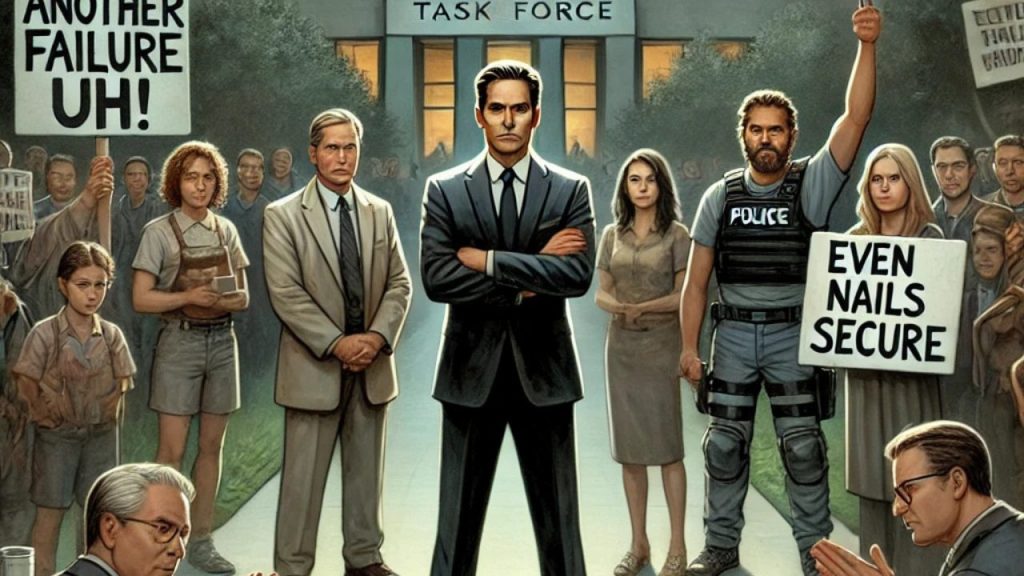Web Desk
The University of Houston (UH) has formed a seven-member task force to improve campus safety following a series of recent crimes.
This decision comes about a month after a man reported being robbed at gunpoint near UH’s Welcome Center garage.
A week before that, the university confirmed a student was sexually assaulted and two others were robbed in the same area.
In response, the university police department has increased its presence, focusing on the Welcome Center’s parking garage. The newly formed task force aims to further enhance security measures.
Task Force Members:
Holley Love, President, Faculty Senate
Karl Hearne, President, Staff Council
Diego Arriaga, President, Student Government Association
Olga Botwinick, Student, Tilman J. Fertitta Family College of Medicine
Todd Romero, Associate Professor, Department of History
Dennis Reynolds, Dean, Conrad N. Hilton College of Global Hospitality Leadership
Jeff Morgan, Associate Provost of Education Innovation and Technology
A university spokesperson stated that the task force held its first meeting in late February and plans to conclude its work within a month.
In an email sent on Tuesday, UH President Renu Khator announced that the university has hired a nationally recognized security and risk management consulting firm to review its safety measures.
Student and Faculty Feedback
Khator encouraged students and faculty to share ideas on improving campus security.
Suggestions can be sent to Holley Love at fsenate@Central.UH.EDU or Karl Hearne at khearne@uh.edu.
Student Protest for Safer Campus
Last month, over 100 UH students staged a protest, urging the university’s board of regents to prioritize student safety.
The demonstrators marched to the Ezekiel Cullen building with signs like “Another Failure UH!!!” and “Even My Nails Are More Secure.”
University student Shay Russell, who joined the protest, argued that simply adding more police was not the solution.
“More police would not have stopped these violent incidents,” Russell said. “We need proactive and preventative solutions, not reactive measures.”




